Big cats, known for their majestic appearance and regal demeanor, include species like tigers, lions, leopards, and jaguars. While they’re often recognized by their characteristic coats, there are rare color variations that make certain individuals truly unique. These variations can be the result of genetic mutations, environmental factors, or selective breeding and offer a glimpse into the diverse genetics of these animals.
Understanding Genetic Mutations in Big Cats
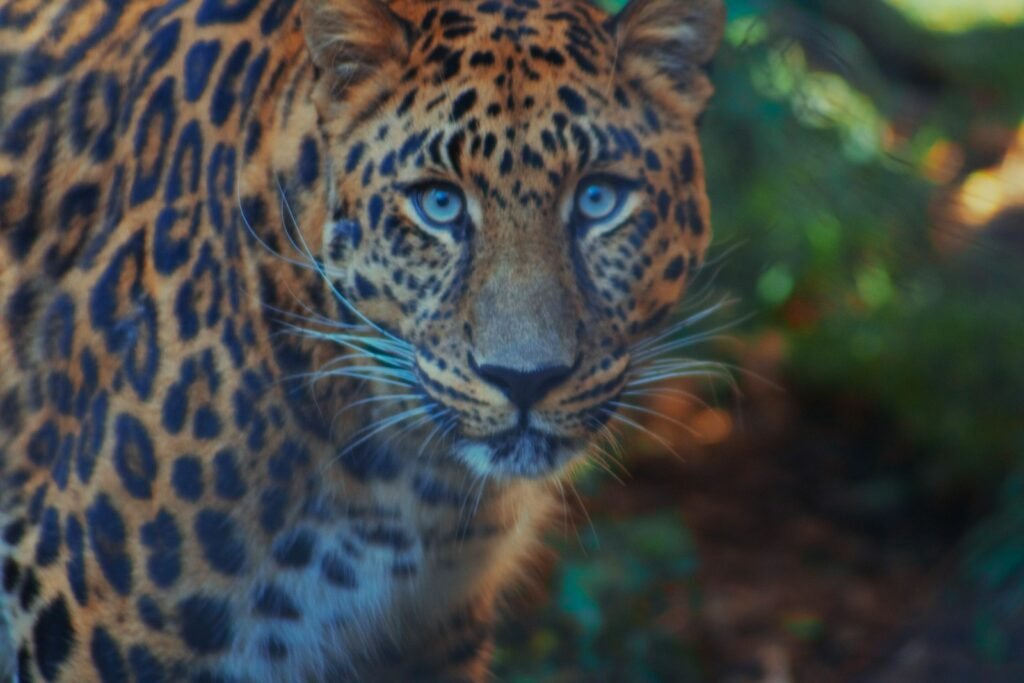
Genetic mutations are natural occurrences that can lead to changes in an organism’s appearance. In big cats, these mutations can cause alterations in fur color and pattern. While the typical coloration of a big cat helps in camouflage and survival, mutations can sometimes benefit, hinder, or remain neutral in their effects on the animal’s life.
The Majestic White Tigers

One of the most famous color variations is the white tiger. This stunning variant is the result of a recessive gene that reduces pigmentation. White tigers have a lack of the typical orange pigment in their fur but retain the signature black stripes. Found mostly in captive breeding programs, they are descendants of Bengals and face challenges in the wild due to their distinct coloration, which makes hunting and camouflage difficult.
The Elusive Melanistic Leopards

Contrasting with the white tiger is the melanistic leopard, commonly known as the black panther. This variation results from an excess of melanin, which turns the leopard’s coat a striking black. While the spots are still present, they are often hard to see against the darker background. Melanistic leopards are more common in tropical forests where dark coloration offers a stealth advantage.
The Rare Golden Tabby Tigers
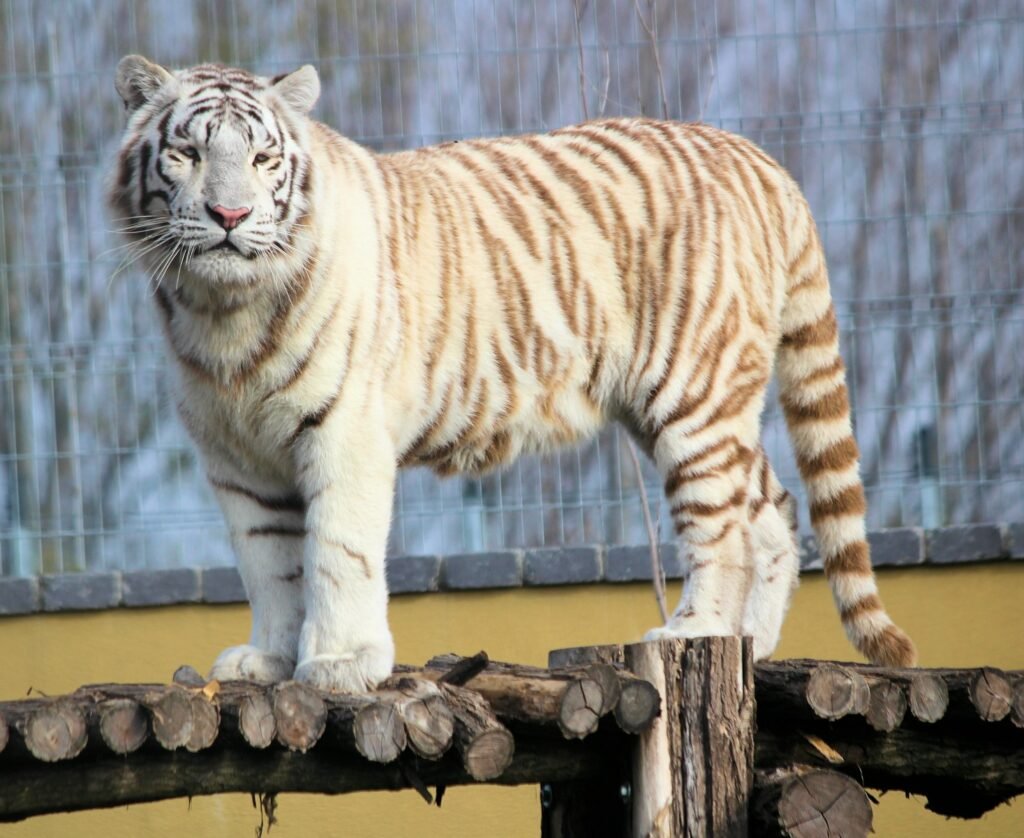
Golden tabby tigers, also known as strawberry tigers, possess a rare color variation with pale golden fur and light orange stripes. These tigers have been primarily bred in captivity and owe their unique coloring to a recessive gene shared with white tigers. Their striking appearance makes them a favorite in zoos and breeding programs, although they are not found in the wild.
The Uncommon Blue or Maltese Tigers
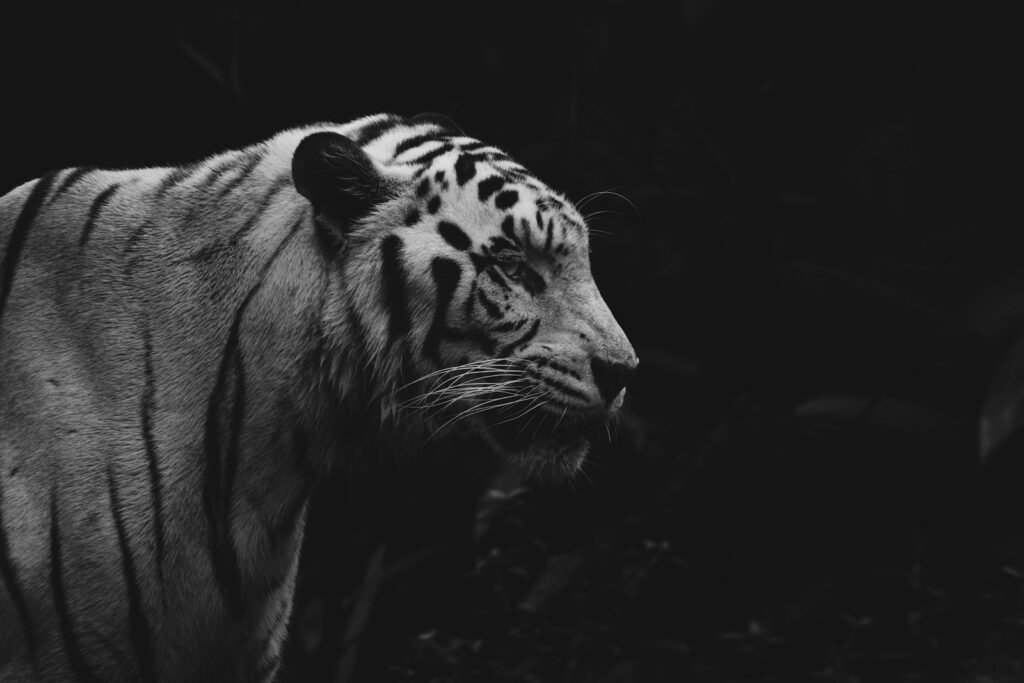
The blue or Maltese tiger is a hypothesized color variant reportedly seen in regions of China. These tigers are said to have bluish fur with darker grey stripes. Although there are accounts of such tigers, they have never been scientifically documented, and evidence mainly consists of anecdotal reports and local folklore.
The Spectacular King Cheetah
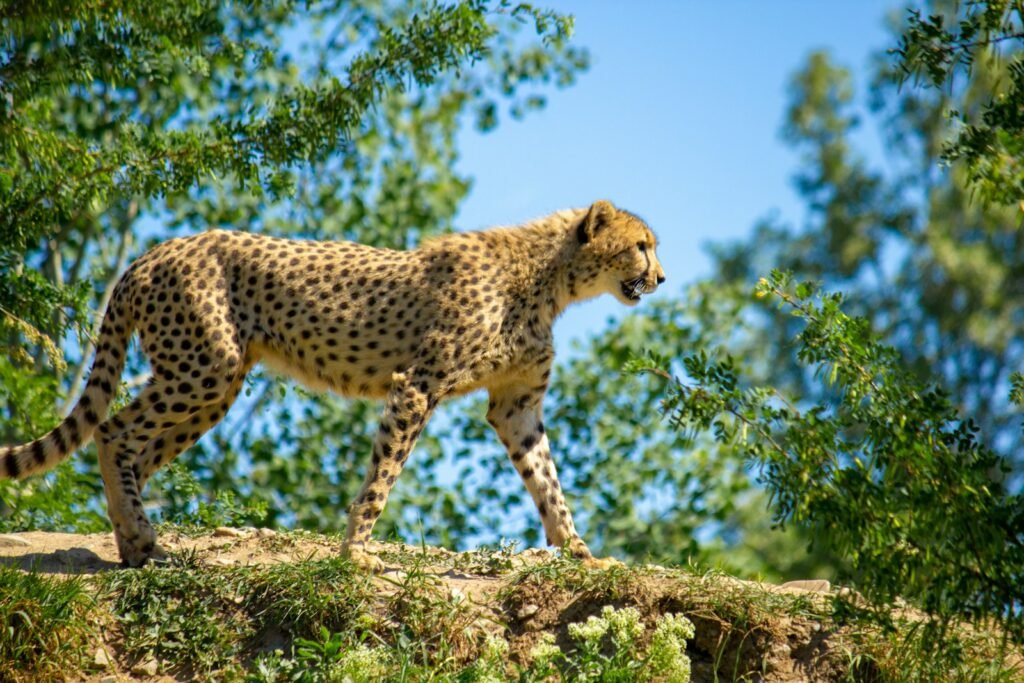
The king cheetah is a remarkable genetic variant distinguished by its larger and fewer, black markings that form thick stripes along its back. Initially thought to be a separate species, the king cheetah is now known to be a rare color morph of the African cheetah. The mutation responsible is recessive, and this variation is primarily observed in southern Africa.
The Role of Selective Breeding in Captivity
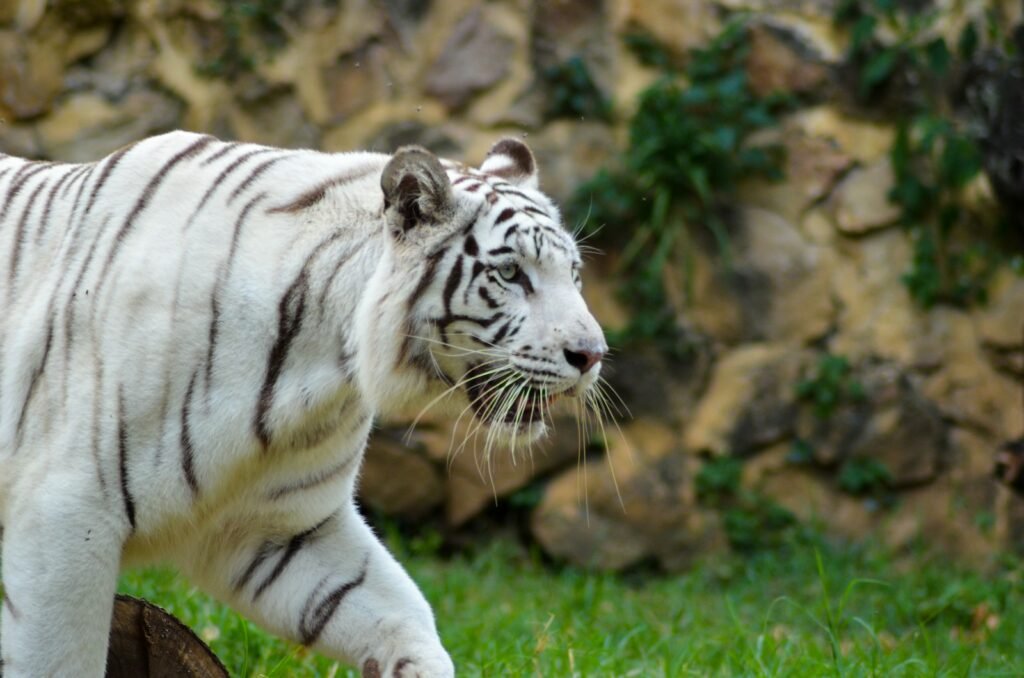
Many of these rare color variations are primarily found and perpetuated within captivity due to selective breeding. Zoos and breeding programs often emphasize these unique appearances to draw public interest and fund conservation efforts. However, selective breeding can have ethical implications and risks, such as reduced genetic diversity and health issues.
The Impact of Environment on Big Cat Coloration
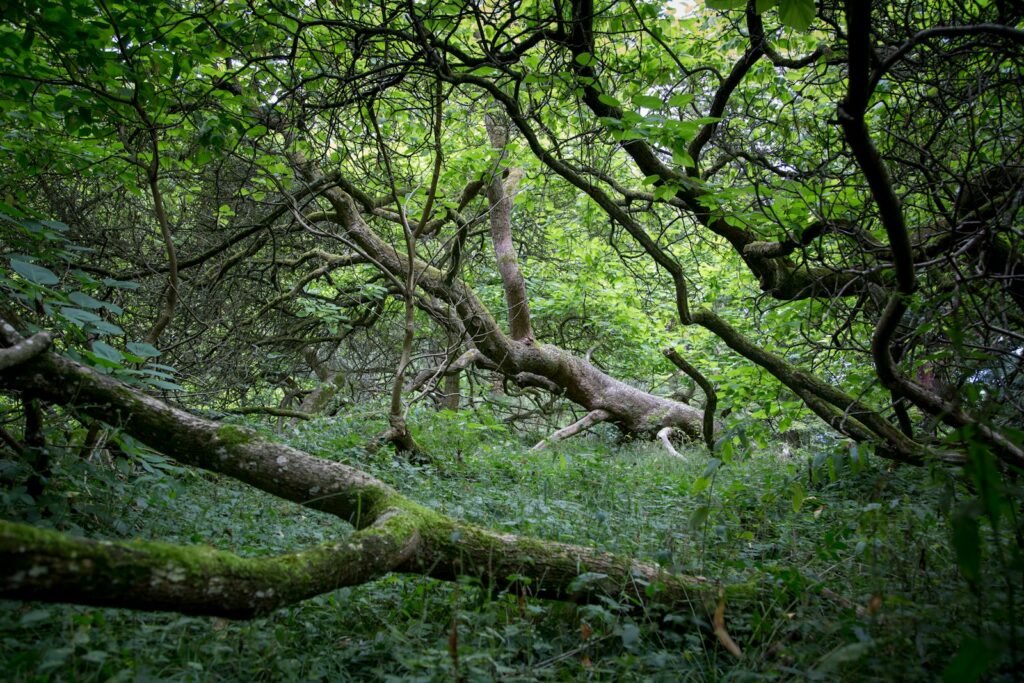
While genetics play a significant role in determining a cat’s color, the environment can put selective pressure on these traits. For example, regions with dense forests are more likely to see melanistic variations due to camouflage advantages. Studying how these variations affect survival can offer insights into the adaptive strategies of big cats.
Conservation Efforts and the Future of Big Cats
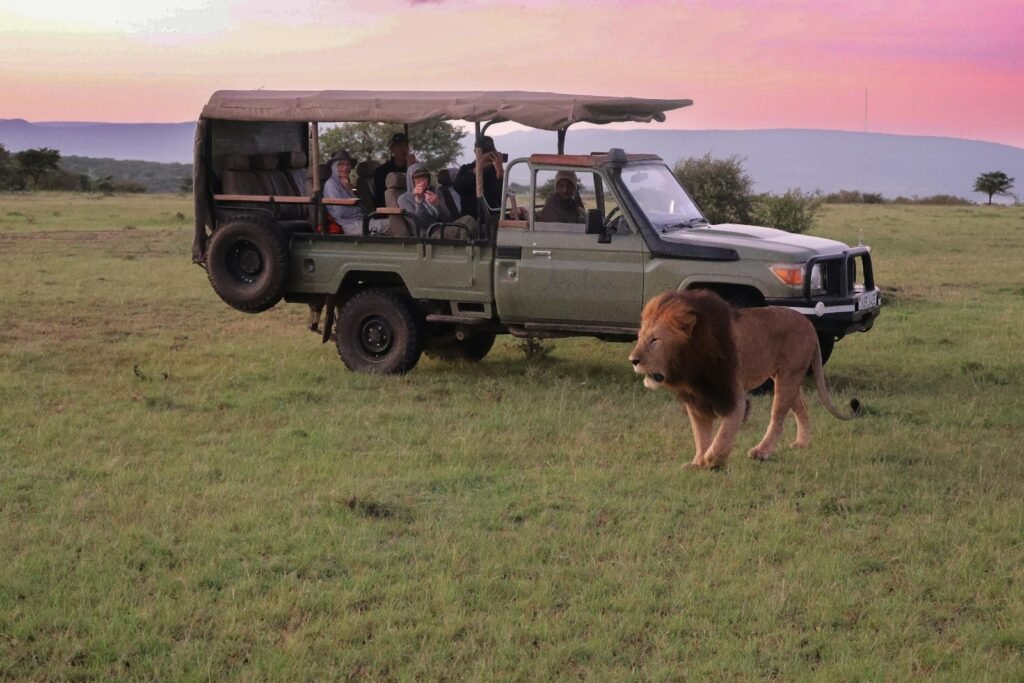
Conservation efforts strive to maintain or increase the population of these magnificent creatures. While color variations may attract human interest, it’s crucial to prioritize the overall health of the species, habitat preservation, and combating poaching. Understanding genetic diversity, including rare colorations, is vital as it contributes to the adaptive capacity of species in changing environments.
Conclusion: Appreciating the Diversity of Big Cats
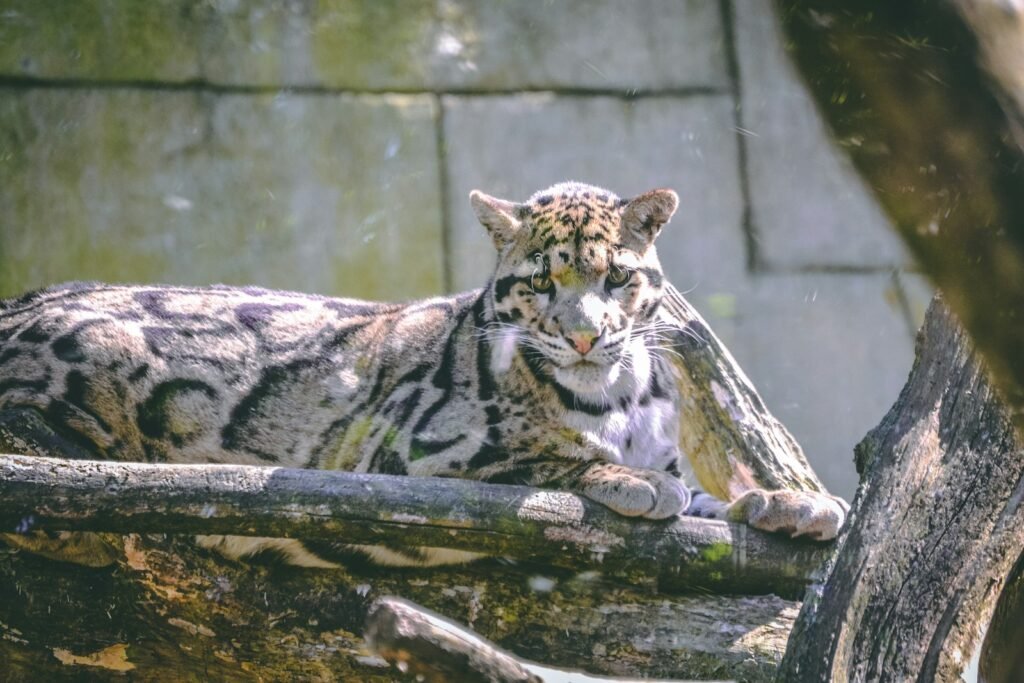
Rare color variations in big cats not only captivate our imagination but also prompt us to explore the genetic complexities and ecological dynamics surrounding these animals. Whether seen in their natural habitats or through conservation-focused captivity, these variations underscore the importance of preserving and studying big cats to ensure their survival in our ever-evolving world.

Growing up traveling and experiencing new cultures and wonders, I have had a passion for nature, adventuring, photography, and videography. I am currently working towards a BSc in Biodiversity and Ecology at Stellenbosch University, and I hope to specialise in Marine Sciences one day.
Please send any feedback to Feedback@animalsaroundtheglobe.com






